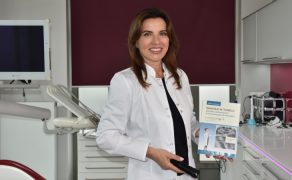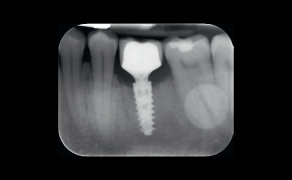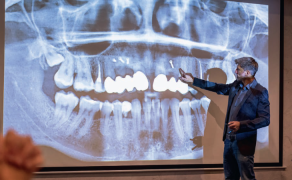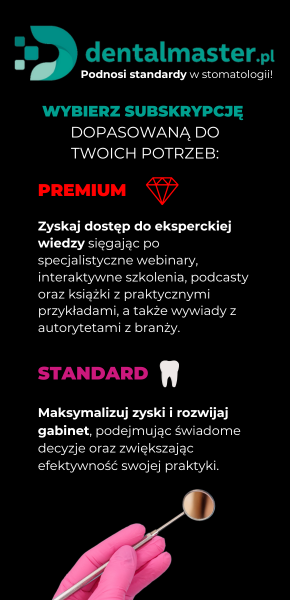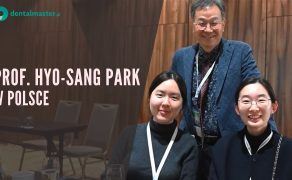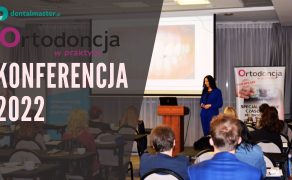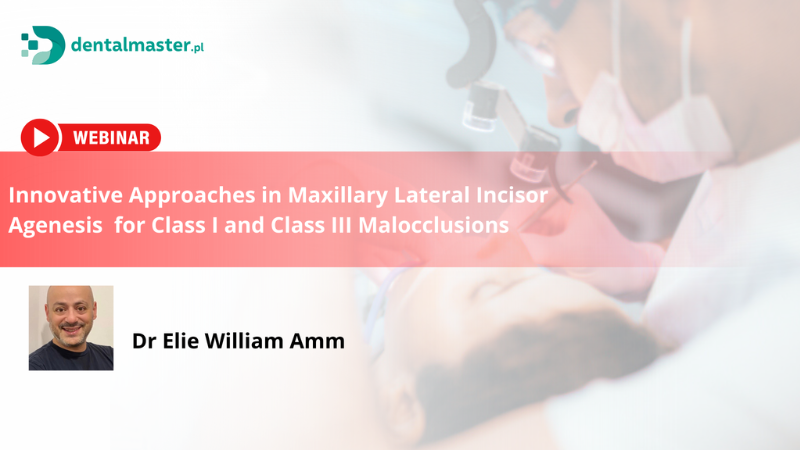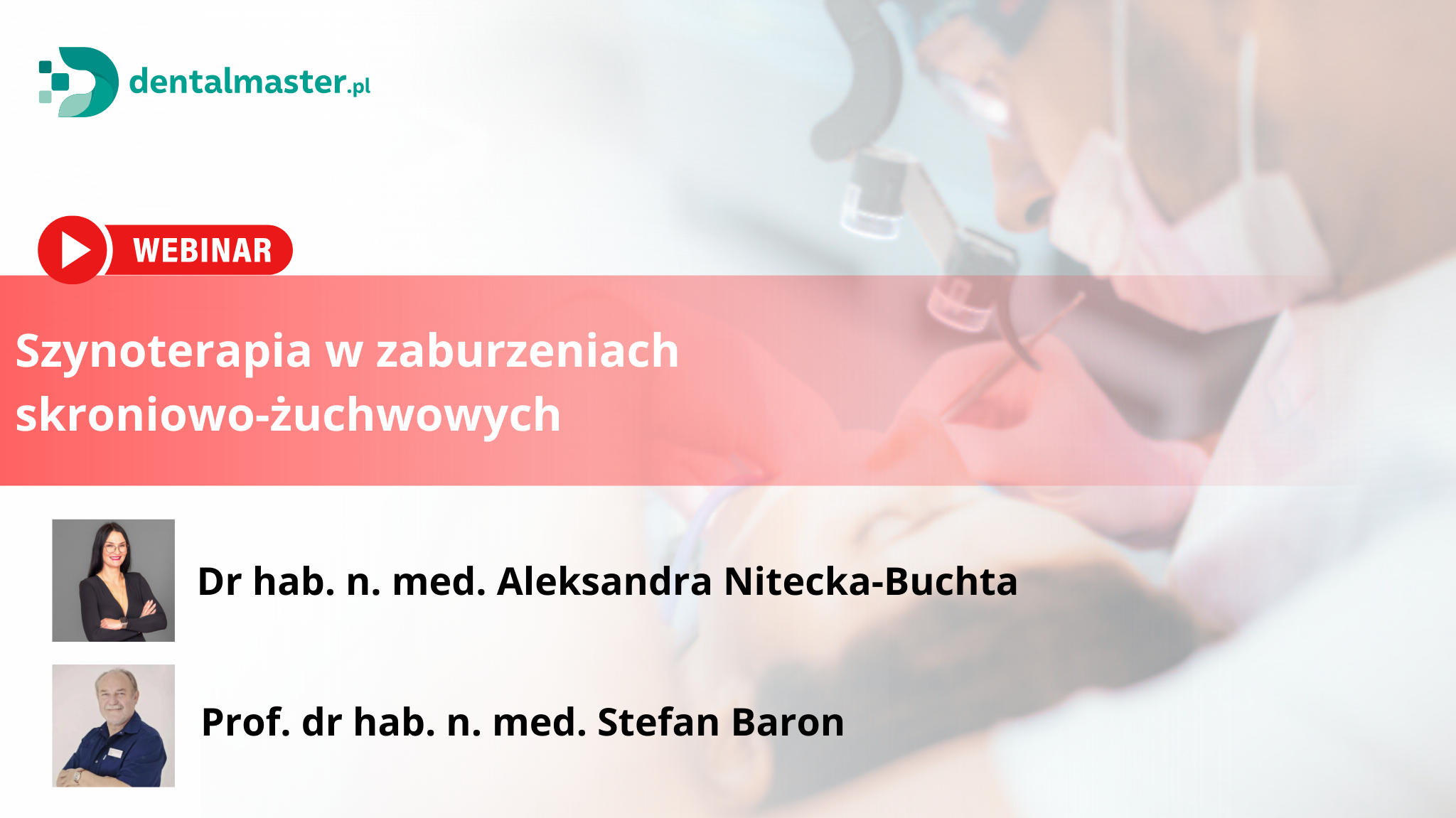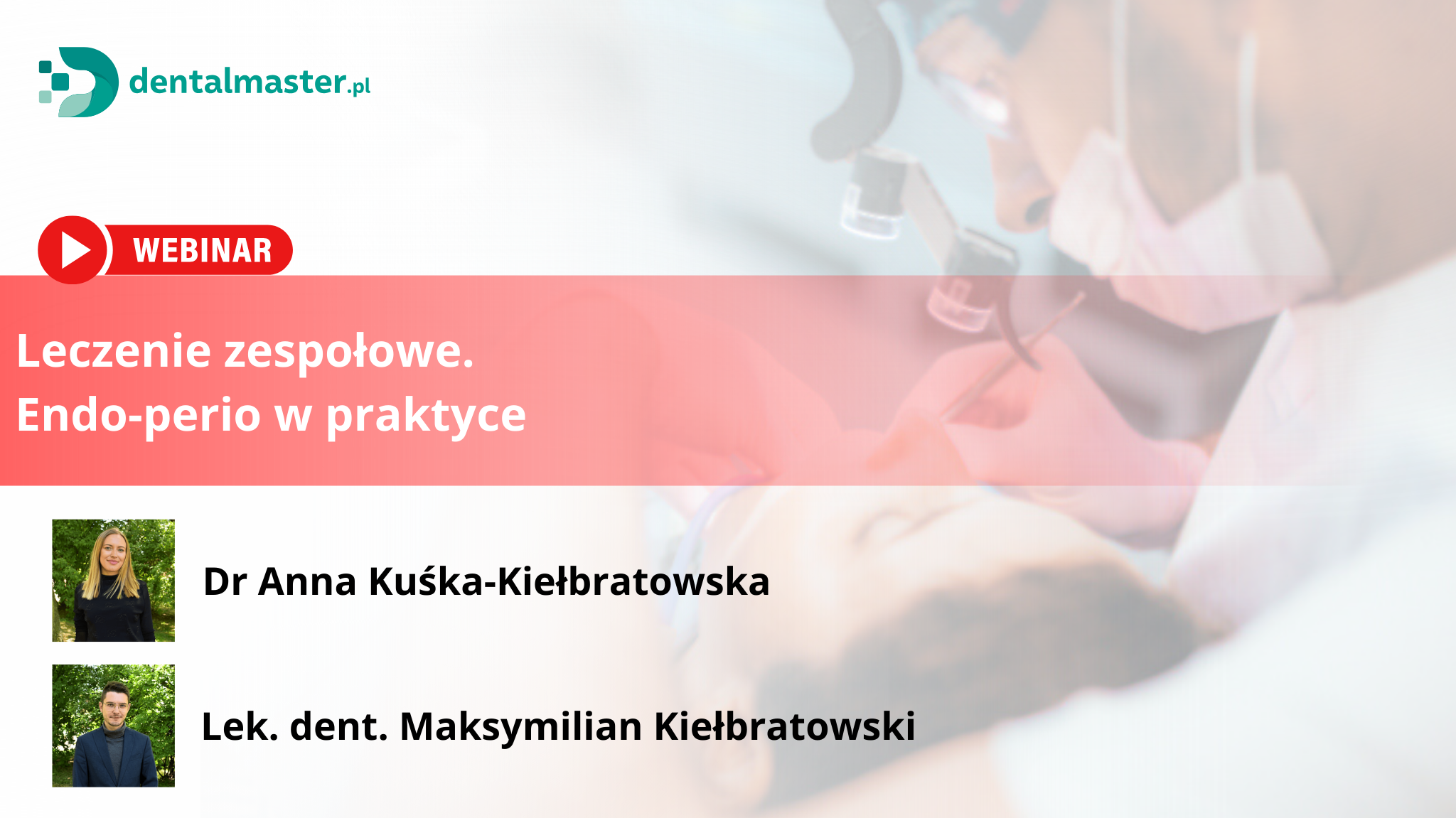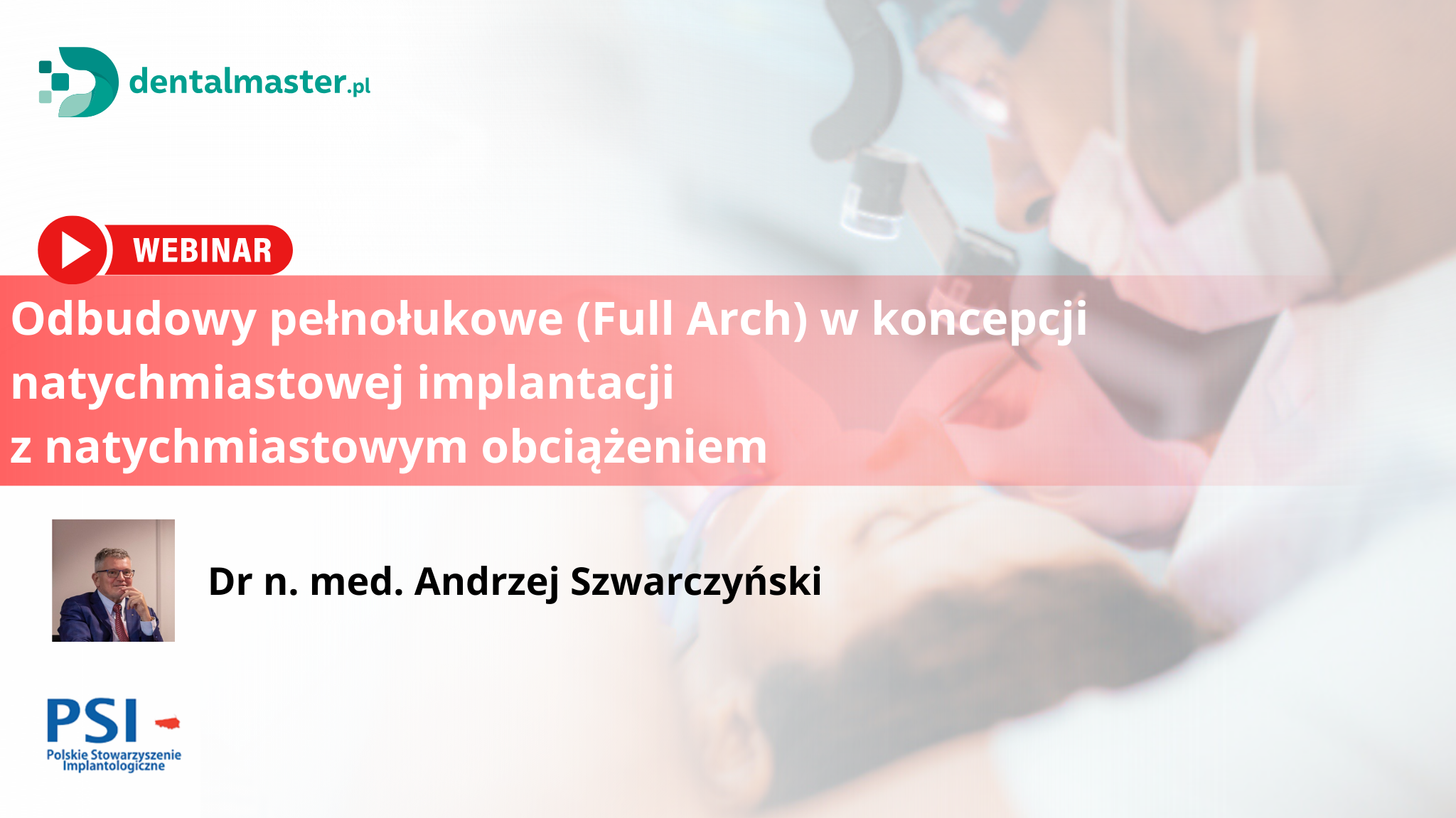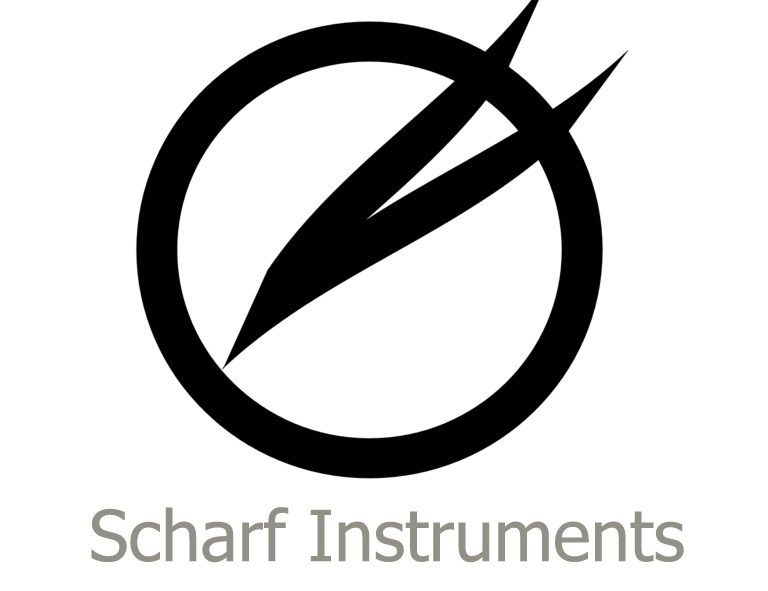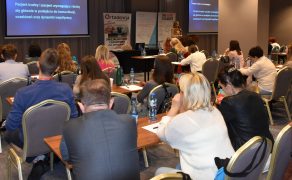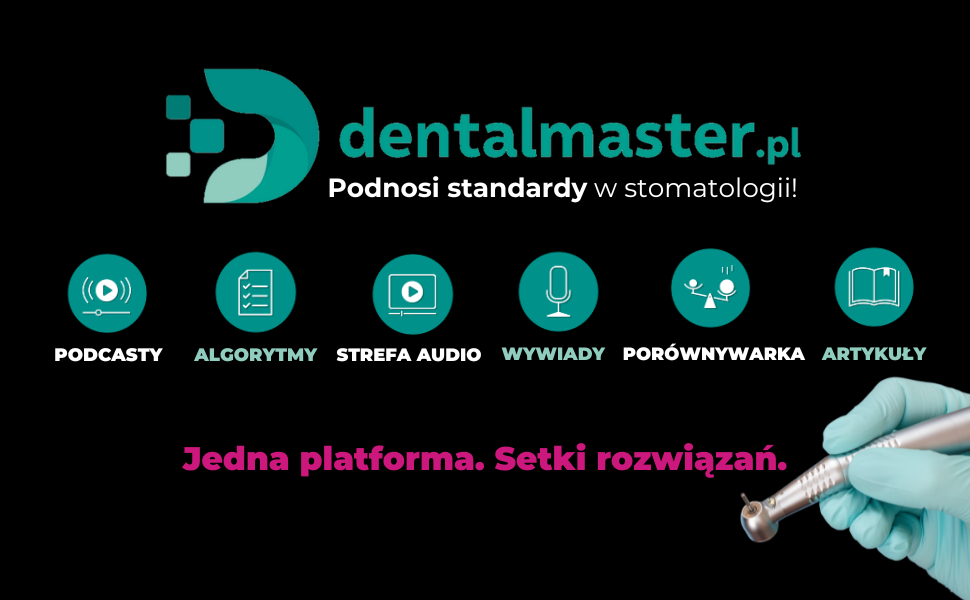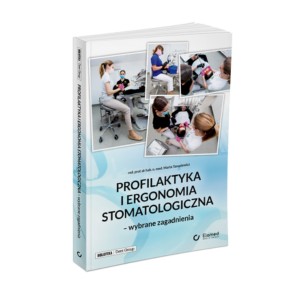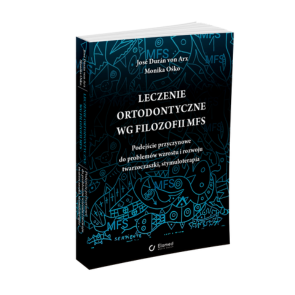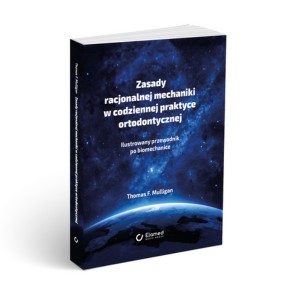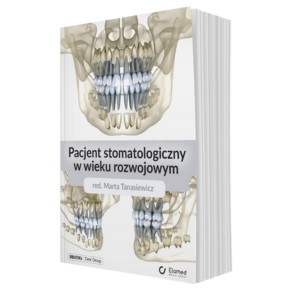Wpływ terapii fotodynamicznej (PDT) na biofilm Enterococcus faecalis w pierwotnych i wtórnych zakażeniach doświadczalnych kanału korzeniowego
Effect of photodynamic therapy (PDT) on Enterococcus faecalis biofilm in experimental primary and secondary endodontic infections
A root canal treatment is the combination of mechanical instrumentation of a root canal system, its chemical debridement and filling with an inert material, designed to maintain or restore the health of the periradicular tissues. Although, infecting microorganisms are removed during mechanical debridement combined with chemical irrigation, residual bacteria are readily detectable in approximately 50% at the time of root canal filling, despite extensive irrigation with sodium hypochlorite [1]. Bacteria have been found in isthmi, lateral canals, fins, ramifications and anatomical structures, that remain inaccessible for mechanical instrumentation [2, 3].
Bacteria and bacterial toxins remaining in the root canal system after chemo-mechanical preparation or entering the filled root canal system via salivary microleakage, leakage of the coronal restoration or inadequate root canal filling may lead to failure [4-7]. Post-treatment disease associated with poor endodontic treatment may be caused as a result of not using rubber dam, poor access resulting in missed untreated root canals, inadequate instrumentation, inadequate disinfection, inadequate root canal filling or iatrogenic errors, e.g. fractured instrument, perforation, ledge [8].
Root canal retreatment is considered more difficult compared to primary root canal treatment as there are usually intracanal obstacles to overcome, e.g. gutta-percha removal, intracanal materials such as silver points, posts or fractured instruments, correcting iatrogenic errors such as ledges or [...]

którzy są subskrybentami naszego portalu.
i ciesz się dostępem do bazy merytorycznej wiedzy!



